Filter by
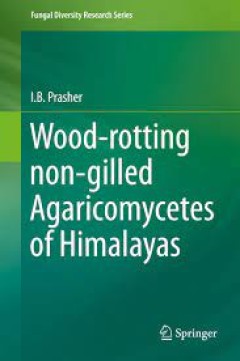
Wood-rotting non-gilled Agaricomycetes of Himalayas
The present volume by the author is based on the outcome of extensive explorations in the Himalayas for more than a decade. It incorporates the original research findings along with that based on literature survey. It is intended to provide a comprehensive account of an important group of fungi which has a direct bearing on wood industry and forest ecosystem besides commercial application in bi…
- Edition
- -
- ISBN/ISSN
- 978-94-017-9858-7
- Collation
- -
- Series Title
- -
- Call Number
- -
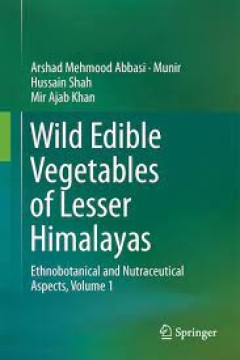
Wild Edible Vegetables of Lesser Himalayas Ethnobotanical and Nutraceutical …
Our intention with this book was to present the reader with the most accurate, significant, and up-to-date background and knowledge in the areas of ethnomedicinal and nutraceutical vegetation for the Lesser Himalayas in a comprehensive text. Wild Edible Vegetables of Lesser Himalayas provides a complete review of over 50 important plants of this region and details each species including photogr…
- Edition
- -
- ISBN/ISSN
- 978-3-319-09543-1
- Collation
- XVII, 360
- Series Title
- -
- Call Number
- -
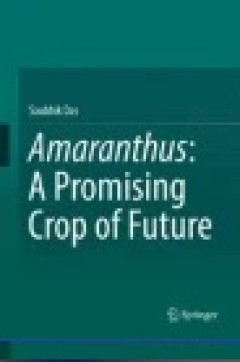
Amaranthus: A Promising Crop of Future
This book serves the larger community of plant researchers working on the taxonomy, species delimitation, phylogeny, and biogeography of pseudo-cereals, with a special emphasis on amaranths. It also provides extensive information on the nutritive value of underutilized pseudo-cereals, the goal being to broaden the vegetable list. Amaranthus is a cosmopolitan genus of annual or short-lived pe…
- Edition
- Ed. 1
- ISBN/ISSN
- 978-981-10-1469-7
- Collation
- IX, 208
- Series Title
- -
- Call Number
- 630 DAS a

Medicinal and Aromatic Plants of the World
Medicinal and aromatic plants (MAPs) have accompanied mankind from its very early beginnings. Their utilization has co-evolved with homo sapiens itself bringing about a profound increase in our scientific knowledge of these species enabling them to be used in many facets of our life (e.g. pharmaceutical products, feed- and food additives, cosmetics, etc.). Remarkably, despite the new renaissanc…
- Edition
- 1
- ISBN/ISSN
- 978-94-017-9809-9
- Collation
- VIII, 460
- Series Title
- Medicinal and Aromatic Plants of the World
- Call Number
- -

Molecular Breeding for Sustainable Crop Improvement
The world population is estimated to reach to more than 10 billion by the year 2050. These projections pose a challenging situation for the agricultural scientists to increase crops productivity to meet the growing food demands. The unavailability and/or inaccessibility to appropriate gene pools with desired traits required to carry out genetic improvement of various crop species make th…
- Edition
- 1
- ISBN/ISSN
- 978-3-319-27088-3
- Collation
- XI, 478
- Series Title
- Sustainable Development and Biodiversity
- Call Number
- -
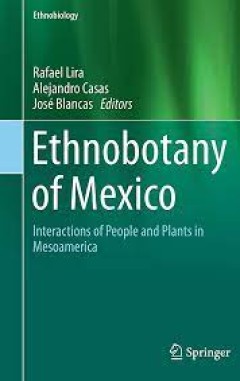
Ethnobotany of Mexico Interactions of People and Plants in Mesoamerica
This book reviews the history, current state of knowledge, and different research approaches and techniques of studies on interactions between humans and plants in an important area of agriculture and ongoing plant domestication: Mesoamerica. Leading scholars and key research groups in Mexico discuss essential topics as well as contributions from international research groups that have conduct…
- Edition
- -
- ISBN/ISSN
- 978-1-4614-6669-7
- Collation
- 21 b/w illustrations, 71 illustrations in colour
- Series Title
- -
- Call Number
- -

The Traditional Ecological Knowledge of the Solega A Linguistic Perspective
This book covers the ethnobiology and traditional ecological knowledge (TEK) of the Solega people of southern India. Solega TEK is shown to be a complex, inter-related network of detailed observations of natural phenomena, well-reasoned and often highly accurate theorizing, as well as a belief system, derived from cultural norms, regarding the relationships between humans and other species on t…
- Edition
- -
- ISBN/ISSN
- 978-3-319-24681-9
- Collation
- -
- Series Title
- -
- Call Number
- -
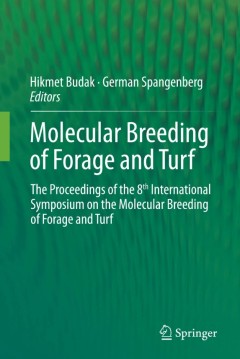
Molecular Breeding of Forage and Turf
This proceeding covers all the collected research data and presentations from the 8th International Symposium on the Molecular Breeding of Forage and Turf. The book explores themes in molecular breeding of forage and turf, including abiotic and biotic stresses, bioenergy and biorenewables, comparative genomics, emerging tools for forage and turf research, functional genetics and genomics and ge…
- Edition
- 1
- ISBN/ISSN
- 978-3-319-08713-9
- Collation
- XIII, 194
- Series Title
- -
- Call Number
- -
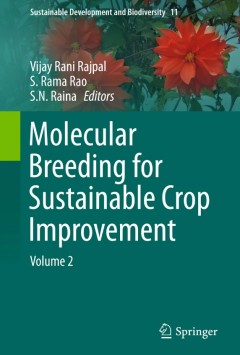
Molecular Breeding for Sustainable Crop Improvement
The world population is estimated to reach to more than 10 billion by the year 2050. These projections pose a challenging situation for the agricultural scientists to increase crops productivity to meet the growing food demands. The unavailability and/or inaccessibility to appropriate gene pools with desired traits required to carry out genetic improvement of various crop species make th…
- Edition
- 1
- ISBN/ISSN
- 978-3-319-27088-3
- Collation
- XI, 478
- Series Title
- Sustainable Development and Biodiversity
- Call Number
- -
 Computer Science, Information & General Works
Computer Science, Information & General Works  Philosophy & Psychology
Philosophy & Psychology  Religion
Religion  Social Sciences
Social Sciences  Language
Language  Pure Science
Pure Science  Applied Sciences
Applied Sciences  Art & Recreation
Art & Recreation  Literature
Literature  History & Geography
History & Geography